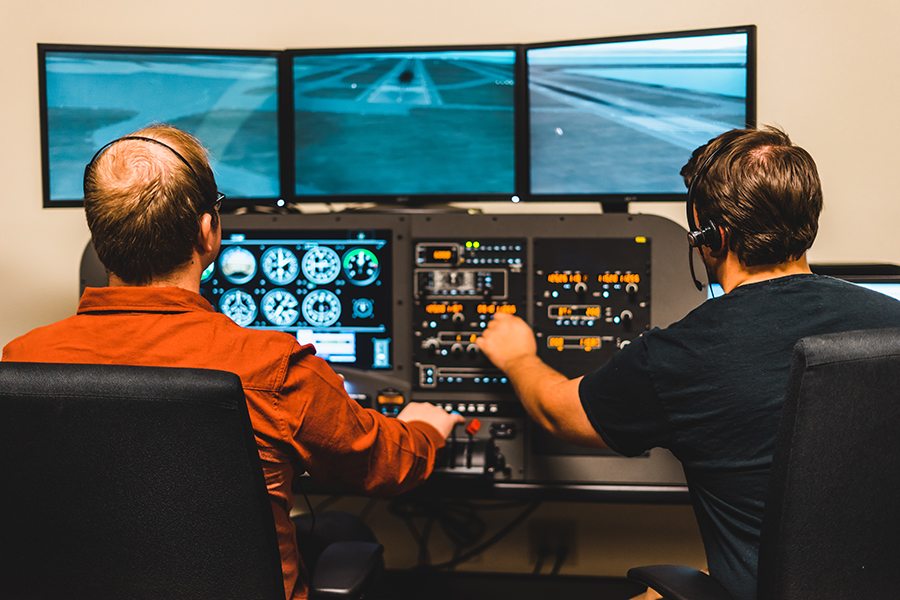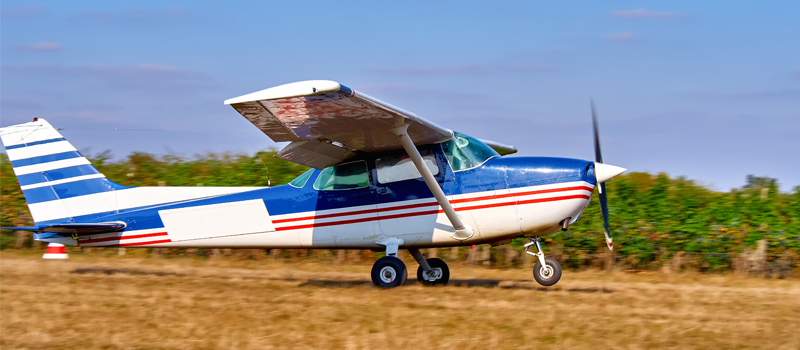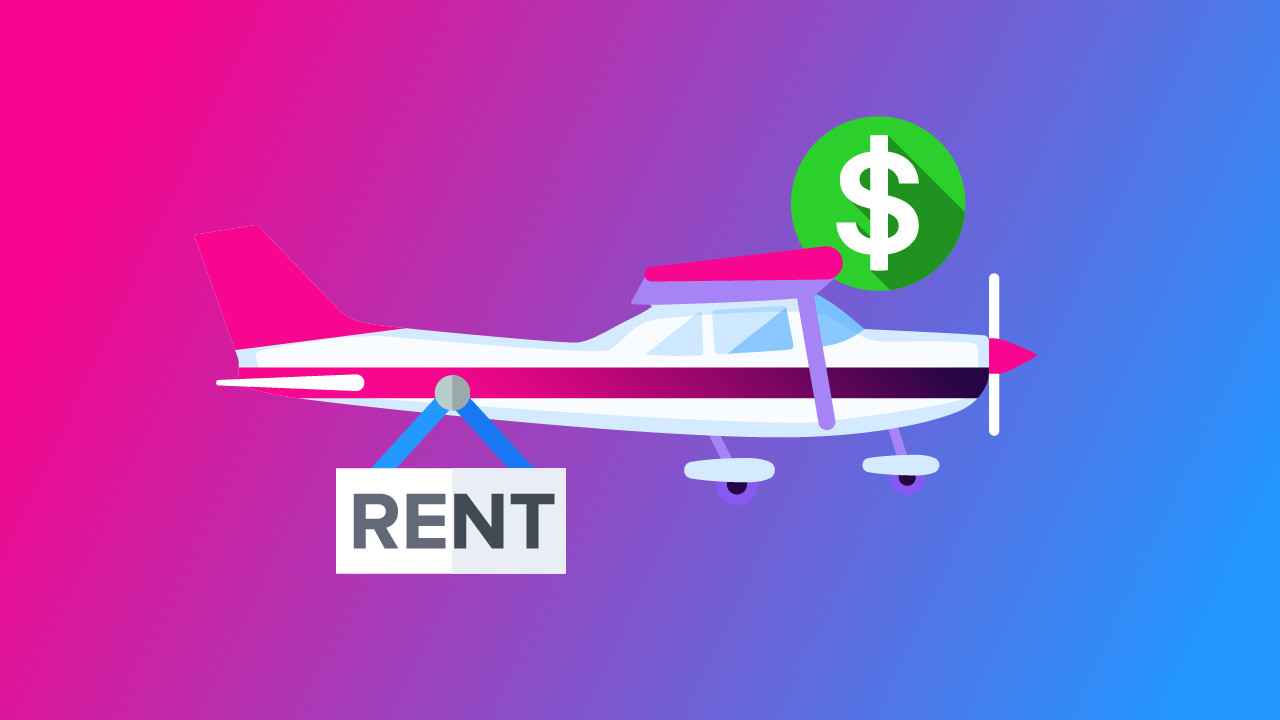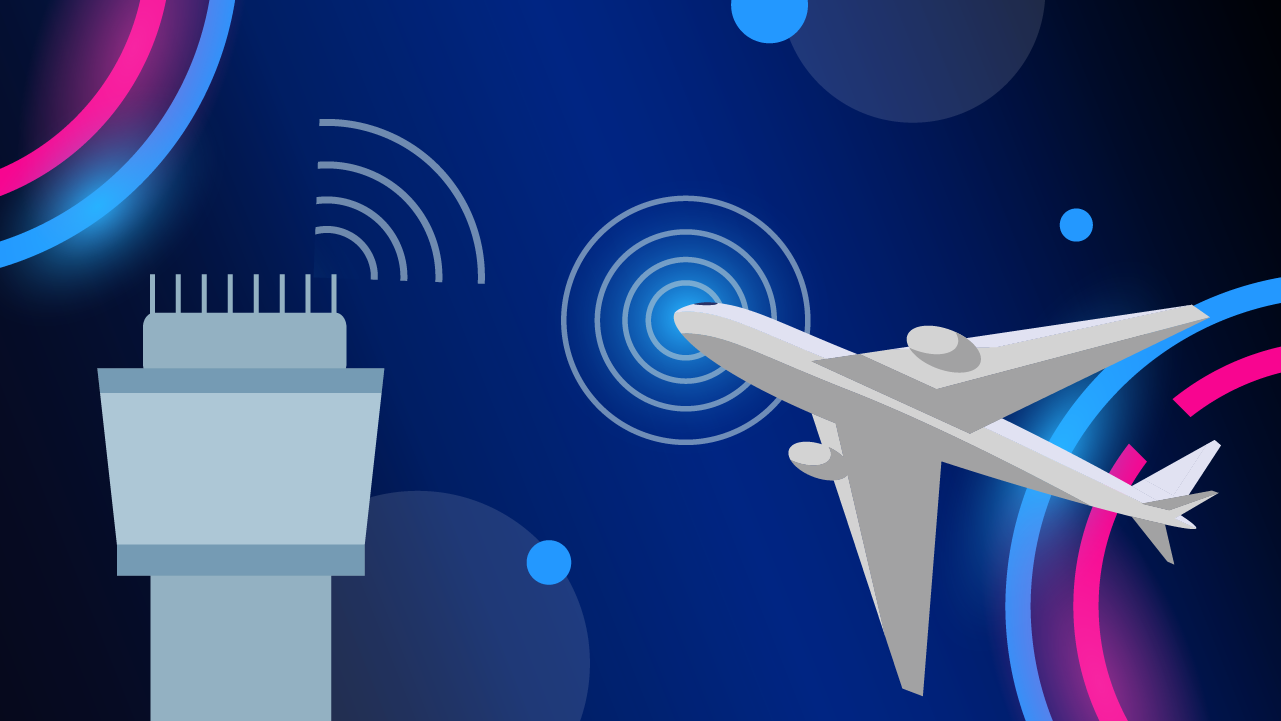-
Why Should You Use a Home Flight Simulator?
- Versatility
- Low Cost
- Flexibility and Convenience
- Practice New Procedures and Manoeuvres
- Save Time
- Improve Skills
- The Pause Function
- Disadvantages of Home Flight Simulators
- How to Get Started with a Home Flight Simulator
-
How to Use Your Home Flight Simulator
- Set Training Goals
- Start Simple
- Use Your Real-Life Equipment
-
Conclusion
Since the 1960s, computers have been used for flight simulation purposes. In the 1980s, these simulations became commercially available for home use on high-end devices.
Since then, there has been a revolution in this area of technology. Flight simulators are now available on affordable computers and popular video game consoles. Joysticks with full yaw, roll, pitch, and throttle movement can be purchased for less than the price of a plate of sushi.
Who says you can’t improve your piloting skills and save time and money from the comfort of your own home? This article will show you how to make the most out of your home flight simulator for flight training, whether you’re running Microsoft Flight Simulator or X-Plane.
Why Should You Use a Home Flight Simulator?
Versatility
Flight simulations offer an invaluable advantage that many don’t realize: the ability to replicate any scenario.
For example, let’s take emergencies. How would you practice an engine fire in a flight scenario if it were real life? You’d have to go through all of the preflight procedures at the airport, go through the start and takeoff procedure, and fly to an area suitable to simulate the emergency. Then, you have to “choose” when the “engine fire” actually starts. After that, you will proceed with the items on the checklist without making any changes to the actual switches and systems.
Compare the previous scenario with a flight simulator, where you start your computer or console and flight simulator program, decide where you want to start the flight in the air, choose an engine fire scenario and set it to begin at a random time, and perform the emergency procedure exactly how you would in real life, including the forced landing aspect.
Low Cost
A home flight simulator is much cheaper than a real-life flying lesson. The cost of the aircraft, fuel, and instructor for one hour could easily be several hundred dollars without even considering the time it would take to drive to the airport.
Expensive equipment such as a VR headset, even a high-end and expensive one, is very likely to pay for itself eventually – especially during the first few stages of flight training.
Flexibility and Convenience
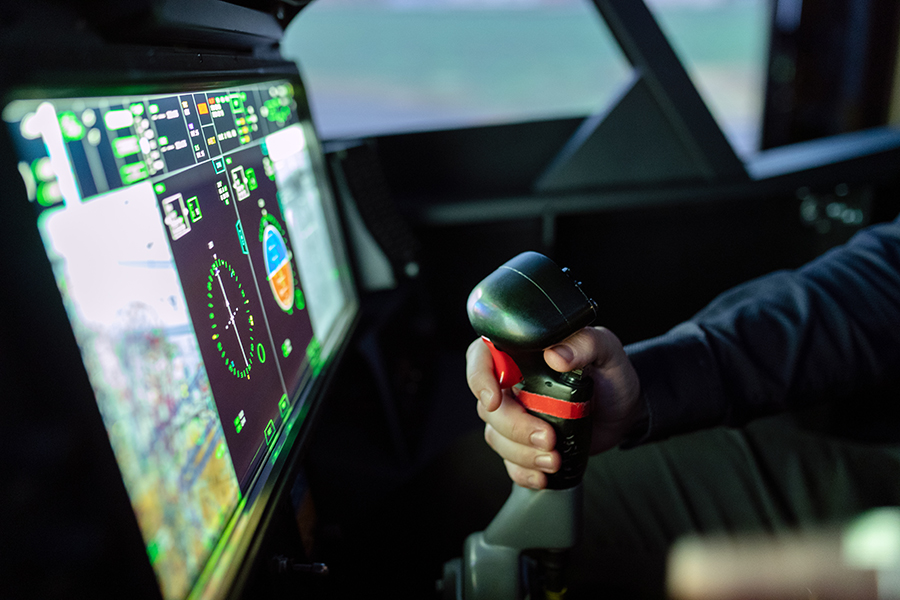
You can use a home flight simulator at any time that is convenient for you. You are not bound by weather conditions, airport opening hours, or the availability of an instructor.
A home flight simulator also gives you the ability to fly any aircraft you want, anywhere in the world. If you’re interested in trying out a new aircraft type, you can do so without having to go through the hassle and expense of renting it.
Practice New Procedures and Manoeuvres
One of the best things about flight simulators is that you’re able to test out new procedures and maneuvers without having to worry about the consequences. If you make a mistake, you can try again until you get it right. You don’t have to worry about damaging the aircraft or putting yourself or others in danger. No more heart attacks for your instructor!
This is an excellent way to try out new things and learn from your mistakes in a safe environment before taking them to the skies for real.
Save Time
Home flight simulators can save you time by allowing you to “fly” to your destination without physically traveling there. You can use the simulator to plan a flight, become familiar with an aircraft, and test out different scenarios without ever having to leave your house.
This is an excellent way to make the most out of your time and get the most out of your flight training.
Improve Skills
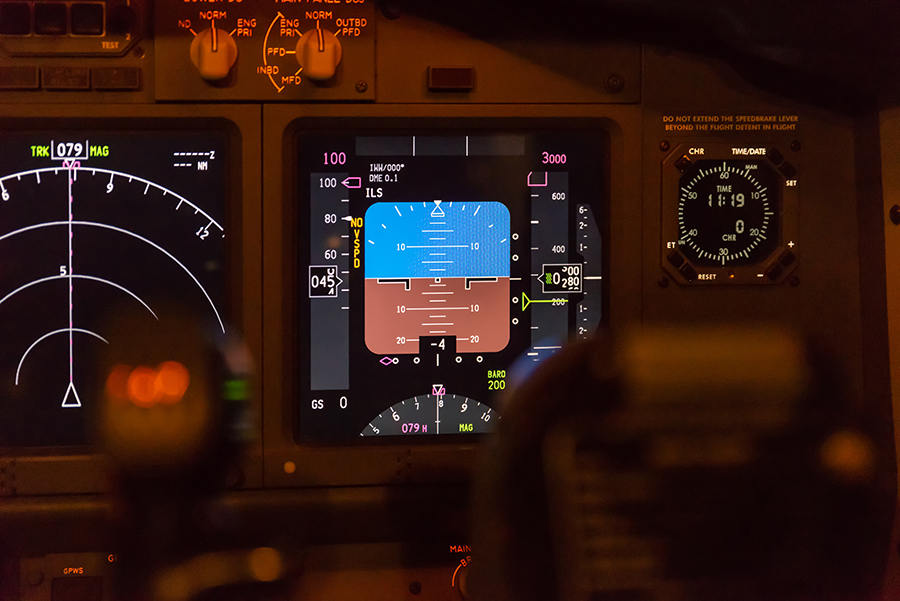
Like a real-life flight, a home flight simulator can help improve your piloting skills. In fact, it might even be more effective since you can replay situations over and over again until you get them right.
Some argue that home flight simulators are not as good as the real thing because you’re not actually sitting in an aircraft. While they are obviously correct, with a high-quality setup, such as a VR headset, your brain will struggle to tell the difference. Even a basic joystick and monitor setup can be very realistic!
The Pause Function
One of the reasons flight simulators are so beneficial is that you can pause them at any time. This option isn’t available in real life, which makes it difficult to practice or analyze high-pressure scenarios. With a simulator, you can play around with different settings and procedures until you find what works best.
For example, you can use the pause function to analyze a difficult landing approach and make sure you’re on the correct glide path. Then, you can unpause the simulation and see how it plays out. If you don’t like the result, you can always pause it again and try something different.
This ability to learn from your mistakes and try different approaches and procedures is one of the most significant advantages of using a home flight simulator.
Disadvantages of Home Flight Simulators
Of course, home flight simulators also have their limitations. One such limitation is that you cannot feel the physical forces acting on the aircraft in a simulator. This means that you will have to rely on visual cues more than you would in a real aircraft.
Another limitation is that home flight simulators cannot completely replicate the real world. For example, you may find slight deviations in the appearance of terrain.
In addition, real-world pilots must deal with numerous other factors, such as air traffic control, turbulence, and wake turbulence from other aircraft. Home flight simulators cannot completely replicate these factors. You can, however, make use of services such as VATSIM, which allows you to communicate on ATC frequencies with real people.
Finally, some people simply prefer the feeling of flying a real aircraft, and are afraid of building “bad habits”. This is a matter of personal preference and is not necessarily a disadvantage of home flight simulators.
How to Get Started with a Home Flight Simulator
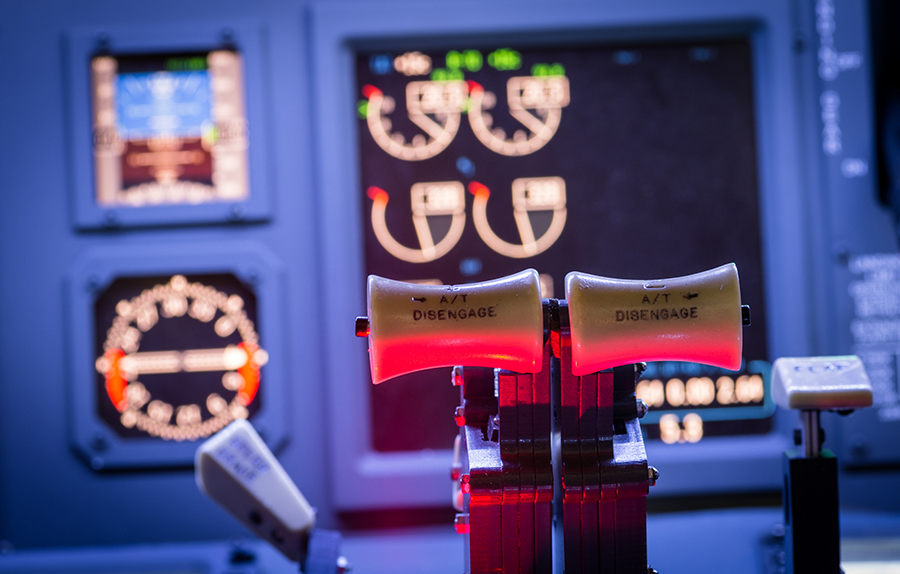
Now that we’ve gone over some of the reasons why you should be using a home flight simulator let’s take a look at how you can get started.
The first thing you need to do is choose a simulator that’s right for you. If you’re looking for a realistic experience, you’ll want to go with a high-end computer and control system, and even a VR headset. However, if you’re starting out, you may want to opt for a more affordable option, such as a joystick and throttle with one monitor, and an affordable computer that you can upgrade in the future.
Once you’ve chosen your simulator, it’s time to get started! If you’re new to flight simulations, we recommend finding a flight simulator coach or watching online tutorial videos on how to get the most out of your simulator. Once you have a basic understanding of how it works, you can start experimenting and having fun!
How to Use Your Home Flight Simulator
Set Training Goals
If you want your flight simulator to give you an edge during flight training, make sure to set concrete goals for yourself. Don’t get discouraged when learning to fly–if things get tough in the simulator, take a break instead of quitting altogether.
Setting training goals for your home flight simulator is vital to progress in your real-life and simulator flights. In the simulator, you can customize your goals to a greater extent than in real-life, allowing you to focus and progress on one aspect of your training at a time.
In the simulator, you can practice and focus on final approaches and landings as often as needed without flying an entire traffic pattern like in real life. This allows you to really focus on the task at hand and hone your skills without getting distracted.
Start Simple
If you’re starting out, it’s best to keep things simple. Don’t try to do too much at once or you’ll get overwhelmed and frustrated. Start with the basics and work your way up.
As you become more comfortable with the simulator, you can start to add in more complex procedures and tasks. For example, once you’re confident flying in good weather, you can challenge yourself by flying in different types of conditions, such as high winds or turbulence.
Use Your Real-Life Equipment
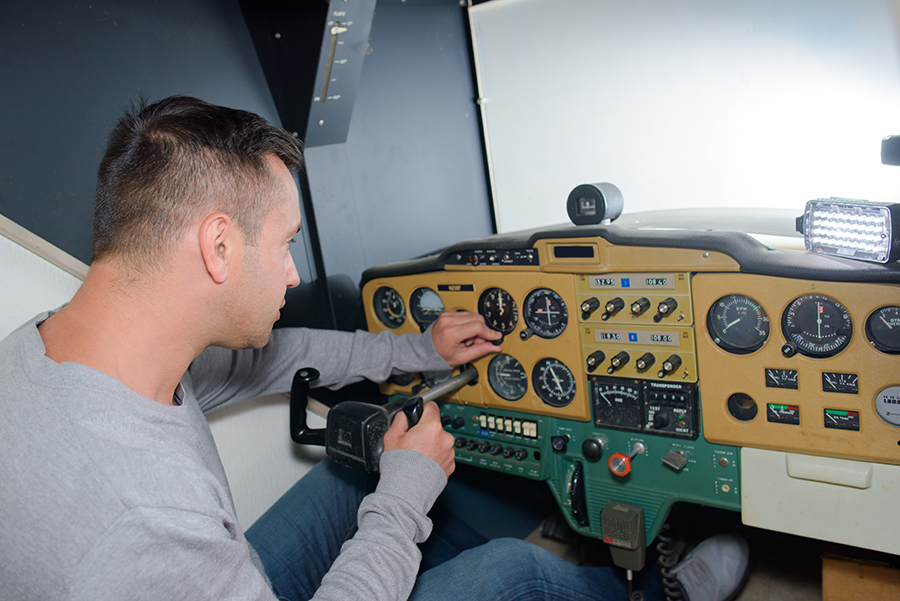
Think of all the equipment you bring with you in an actual aircraft. An iPad? Maps? Checklists? When was the last time you utilized those items while flying your home flight simulator?
In order to make your home flight simulator as realistic as possible, you should use items that you would use in a real aircraft. Some apps, like Foreflight, for example, can be integrated into flight simulators like Microsoft Flight Simulator and X-Plane. This allows you to use the app with the simulator as you would in real life.
Using physical checklists and maps is essential when you want to make the most of your home flight simulator. By familiarizing yourself with these tools, you can create muscle memory much faster than if you were only flying a real aircraft.
The ability to practice multitasking in a home flight simulator is extremely valuable when it comes to your proficiency as a pilot.
Conclusion
Home flight simulators offer a versatile, low-cost, time-saving way to improve your piloting skills. They are also an excellent way to become familiar with an aircraft and test out different scenarios. If you have a high-quality setup, such as a VR headset, the experience can be very realistic.
They’re also a lot of fun and can be used to relieve stress or kill some time. If you’re considering buying a simulator, do your research and buy one that’s right for you.
With a little bit of practice, you’ll be surprised at how much your skills will improve.
